Reliable Concrete Construction For Durable Structures
Introduction:
Concrete is a world-class construction material. Its adaptability, strength, and longevity make it essential for building sustainable structures. Reliable concrete construction requires careful planning, attention to detail, and adherence to best practices throughout the process.
Understanding the fundamentals of concrete:
Sand, gravel, and other aggregates are mixed with cement, water, and occasionally additives. When combined, cement acts as a seal, giving it volume and strength. Water causes a chemical reaction that causes the cement to harden and form a solid matrix. Admixtures improve concrete’s specific properties, such as workability or durability.
Also Read: Expert Foundation Construction for Solid Structures
Importance of quality materials:
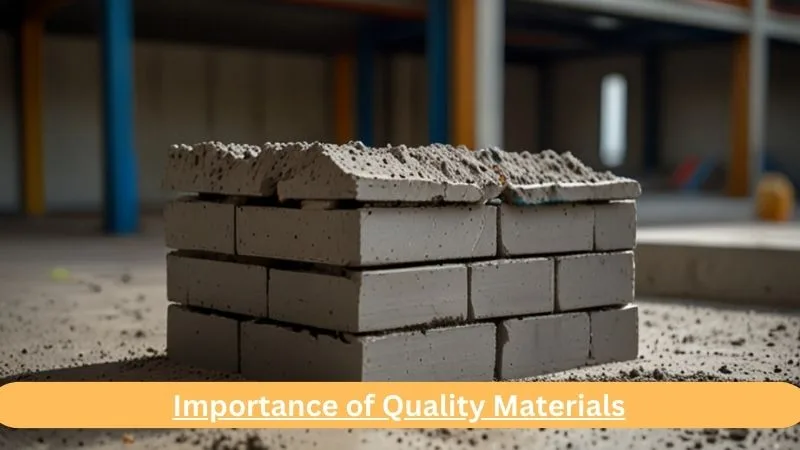
The quality of the materials used in concrete impacts the finished structure’s longevity and strength. Good cement, aggregate, and water, free from foreign substances, are essential to ensure the structure of the concrete. The use of good-quality materials will provide the performance and life of the structure.
Proper mix design:
The proportion of cement, aggregate, water and additives (called mix design) is essential in building construction. Carefully designed combinations enable concrete to achieve the desired strength, performance and durability. Engineers carefully select composites based on the project’s needs, considering elements such as environment, load conditions and performance characteristics.
Thorough site preparation:
Before pouring concrete, site preparation should be made to ensure a solid foundation and good drainage. The school should be cleared of rubble, set to the desired height, and compacted to prevent the stones from moving or shifting. Proper site preparation sets the stage for appropriate construction and helps reduce problems that can compromise structural integrity.
Reinforcement strategies:
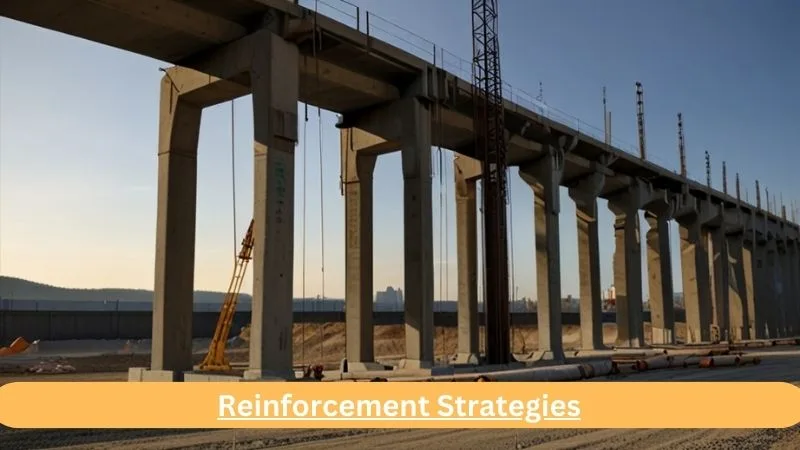
Add reinforcing steel, such as steel rods or fibres, to concrete to increase tensile strength and resistance to cracking. Retrofit ideas vary by design and the specific design of the project. Engineers carefully analyze loading and design conditions to determine the best support system to ensure the life and reliability of concrete.
Adherence to construction standards:
Adherence to construction standards and specifications is essential to guarantee the dependability and safety of concrete constructions. The rules specify minimum equipment, design, application, and quality control requirements. Complying with these standards will help reduce risk, ensure structural integrity, and promote equity in construction.
Concrete Placement and Consolidation:
During concrete placement, appropriate methods should be used to ensure the uniformity and durability of the products. Improper registration or assembly can lead to gaps, weak points, or isolation that affect the integrity of the model. Contractors use a variety of methods, such as vibration or pumping, to achieve cohesion in concrete and eliminate air pockets.
Curing for strength and durability:
Curing involves preserving moisture and temperature to improve water resistance and demonstrate strength and durability. Correct application prevents premature drying and cracking, allowing the concrete to reach its full potential [Concrete Construction]. To ensure adequate repair, contractors use various repair methods, such as water treatment joints or protective coatings.
Quality control and inspection:
Quality control and inspection procedures are essential throughout the construction process so that problems can be quickly identified and resolved. Quality control includes testing equipment, inspecting construction work, and conducting inspections at key project stages. Regular safety audits help identify defects, ensure compliance with specifications, and maintain quality standards in engineering.
Maintenance and Preservation:
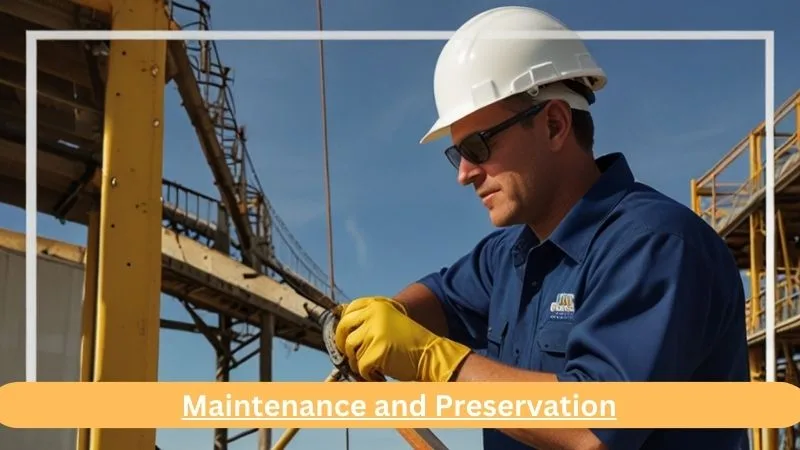
After a project is completed, ongoing operation and maintenance should ensure its longevity and performance. Regular inspections, repair of damage or damages, and effective preventive measures such as sealing or protective coatings can help protect the structure from environmental damage and destruction of structures over time.
Environmental considerations:
Concrete construction has a significant environmental effect, ranging from raw material extraction to construction and demolition. Ecological methods, including reusing materials, maximizing design to reduce carbon emissions, and reducing waste generation, can reduce the impact on the building environment and promote long-term sustainability.
Innovation and Advancement:
The construction field continues to develop with information, technology, and construction developments. New developments such as high-performance concrete, self-healing concrete, and advanced technology offer the opportunity to increase the durability, reusability, and stability of concrete homes [Concrete Construction]. Embracing these innovations can create a more reliable and efficient future.
Collaboration and communication:
Effective coordination and communication between project stakeholders, including architects, engineers, contractors, and customers, are essential. Clear communication of project needs, goals, and expectations encourages consensus and facilitates problem-solving throughout construction. Work together to keep projects on track, meet quality standards, and deliver sustainable and reliable products.
Adopting best practices in formwork:
Formwork design and best practices using formwork significantly affect the quality of the final concrete structure. Correct design and moulding to ensure that the concrete takes the desired shape and harmony until it is sufficiently strong. Using materials that provide a smooth surface and can be easily removed without damaging the stone surface is also essential.
Ensuring proper joint design and construction:
Joint design and construction in concrete are often the weakest points that lead to cracking. It is important to coordinate design and construction to maintain integrity. Expansion joints, joints, and construction joints must be located correctly and designed with appropriate materials to accommodate movement and minimize stress.
Concrete Construction – Conclusion:
Reliable concrete is the foundation of a solid framework resilient to change. By understanding the basics of concrete, using suitable materials, employing proper construction techniques and encouraging innovation, construction professionals can ensure concrete’s longevity, safety and security for generations. Concrete buildings continue to improve the built environment and support communities worldwide through careful planning, adherence to standards, and ongoing maintenance.
FAQs:
Q1. How do you make concrete strong and durable?
Ans: Temperature and humidity are the most important factors. The temperature must be above ten °C to ensure reasonable energy development. Maintaining moisture is essential, particularly in the initial days, to encourage hydration and prevent the concrete from drying, shrinking, and cracking.
Q2. What is the durability of concrete structures?
Ans: Concrete durability is defined in concrete terminology as “the ability of concrete to resist the effects of conditions of use such as weather conditions, chemicals, abrasion, etc.” according to the American Concrete Institute (ACI).
Q3. What are the qualities of durable concrete?
Ans: One way to characterize concrete’s durability is its capacity to resist the effects of weathering, chemicals, and damage while maintaining the required engineering properties. Different stones require different levels of durability depending on their exposure and product requirements.



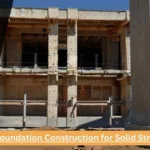
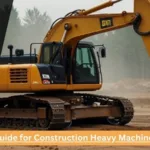
Leave a Reply